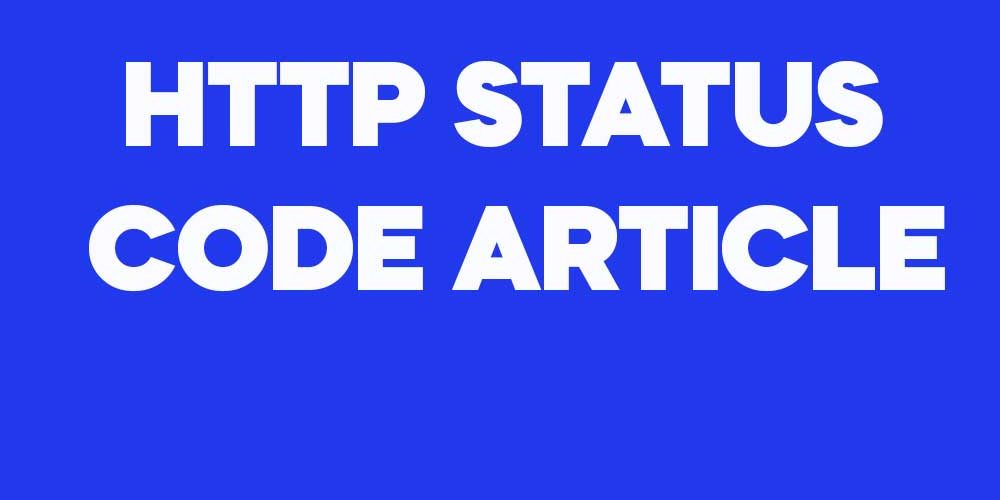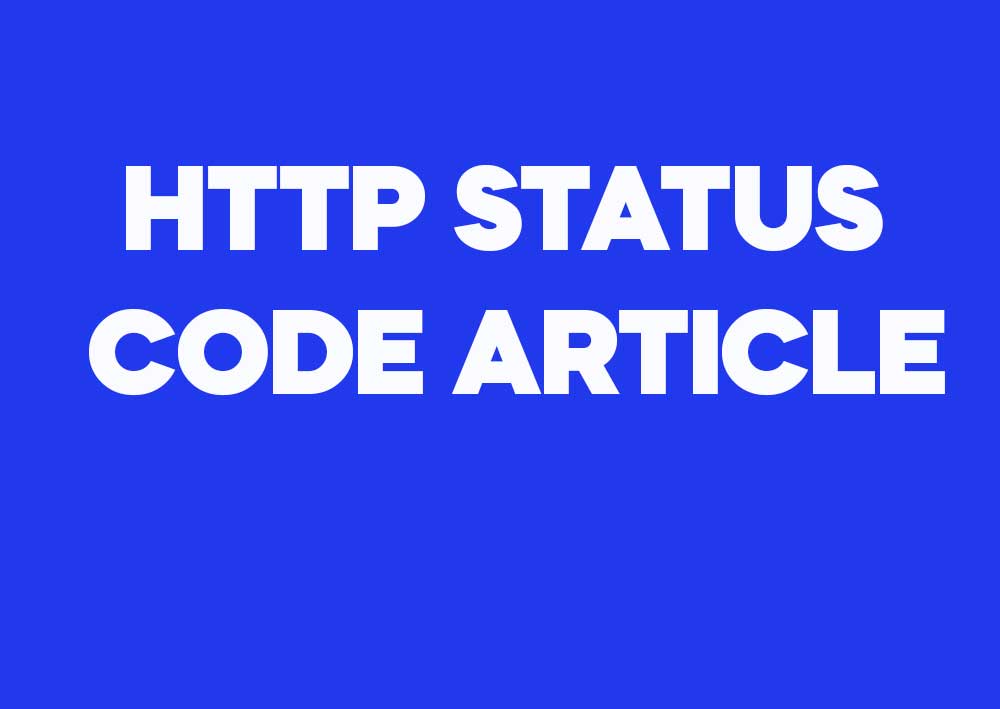HTTP Status Code 430
The HTTP status code 430 is not a standard status code defined by the Internet Assigned Numbers Authority (IANA) or the HTTP/1.1 specification (RFC 7231). This means it is not officially recognized or used in HTTP communications. However, some services and applications might use it for custom purposes.
In scenarios where 430 is used, it is often implemented as a custom status code by developers to convey specific meanings that standard codes do not cover. For instance, it might be used internally in an organization’s API to indicate a specific error condition, such as “Too Many Headers” or “Rate Limit Exceeded”. Note that using non-standard status codes can lead to compatibility issues with clients, as they are not expected to handle them.
Examples
Example 1: Custom Error – Too Many Headers
HTTP/1.1 430 Too Many Headers
Content-Type: application/json
{
"error": "Too many headers in the request. The server cannot process this request due to the excessive number of headers."
}Explanation: In this example, a server might return a 430 status code if a request contains too many headers that exceed the server’s processing capability. The accompanying JSON message provides a clear explanation of the error, which informs the client about the nature of the failure.
Example 2: Custom Error – Rate Limit Exceeded
HTTP/1.1 430 Rate Limit Exceeded
Content-Type: application/json
Retry-After: 3600
{
"error": "You have exceeded the number of requests allowed per hour. Please try again after one hour."
}Explanation: Here, a 430 status code is used to indicate that the client has exceeded a custom rate limit defined by the server. The Retry-After header suggests when the client can attempt another request. This use case highlights a non-standard implementation for rate limiting, which is typically handled by status code 429 (Too Many Requests). However, this usage might be part of a legacy system or specific API design.
Example 3 result
# Client sends a request example.
GET /example HTTP/1.1
Host: www.example.com
# Server Response
HTTP/1.1 430 430 HTTP Status Code
Date: Wed, 09 Oct 2024 23:07:23 GMT
Server: ExampleServer/1.0
Content-Type: application/json
{
"error": "Description of the error for 430"
}
Example 4: Final Scenario
# Client sends another example request.
POST /another-example HTTP/1.1
Host: www.example.com
# Server Response
HTTP/1.1 430 430 HTTP Status Code
Date: Wed, 09 Oct 2024 23:07:23 GMT
Server: ExampleServer/1.0
Content-Type: application/json
{
"error": "Detailed message for 430"
}
Summary
HTTP status code 430 is not part of the standard HTTP protocol and is generally used as a custom error code by specific applications or services to represent unique error conditions. While it may serve a practical purpose within a particular context, developers should be cautious when using non-standard codes, as they can cause interoperability issues. For standard HTTP error scenarios, it is advisable to use established status codes like 400, 404, 429, etc., to ensure consistent client-server communication.


